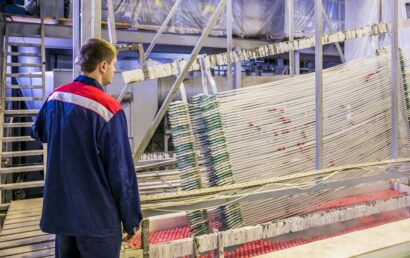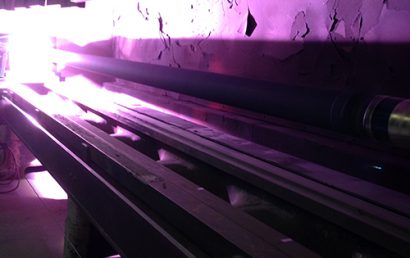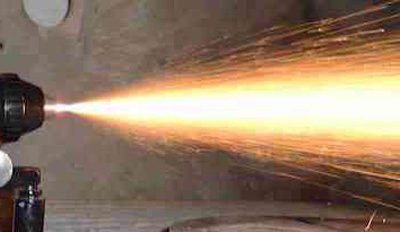Will Your Offshore Equipment Benefit from HVOF Or Weld Cladding?
When it comes to the offshore rig industry, OEMs (original equipment manufacturers), operators, and, in fact, the entire supply chain are finding themselves in need of methods through which to adapt to the tough environment currently being presented in the industry. Is weld cladding the answer? Or should something more innovative, like HVOF, be utilized?
The Problem – The Solution
While operators and manufacturers seek ways in which to become leaner, it cannot be ignored that engineers constantly struggle to reduce offshore operators’ costs. Out at sea, the kind of equipment involved in this industry is kept at its location for as long as possible. There has never been a greater need for the timely maintenance and repair of offshore equipment in a cost-effective manner.
Thermal spray protective coatings come to the rescue! This method of protective surface technology provides a range of maintenance services and innovative repair that can be used to take the average life expectancy of subsea equipment and prolong it substantially. Thermal spray professionals work with operators to repair everything from pressure control valves to connector sleeves. In doing so, offshore equipment can be kept efficient, reliable, and safe – while reducing operating costs.
Weld Cladding Versus Thermal Spray Repair
A weld clad is commonly used when subsea equipment requires repair. This process offers the right characteristics for a surface structure repair, and sufficient maintenance for such, as well. But, because it affects structural integrity due to post and pre-heat treatment, weld cladding is a process that is limited in its utilitarianism. In order to prevent structural failure related to stress, it can only be utilized a maximum of three times.
On the other hand, with the process of HVOF thermal coating, the metallurgical structure of the repair surface is not changed, even though it provides identical repair characteristics when compared to weld cladding. Why is this? The surface being repaired can stay substantially cooler during the process of HVOF thanks to the lower temperature involved in the transfer of powder particles onto that surface.
What’s more, this method of thermal spray provides substantially shorter turnaround times because there are no post-or pre-heat treatments involved.
The Benefits, In General
Where gas and oil equipment are involved, this structural repair alternative approach means a faster repair process that is longer-lasting. Additionally, a high quality, consistent finish is offered through this surface technology. Yes, HVOF thermal spray coatings are undeniably making a significant difference in the offshore rig industry. In these stormy times, these protective coatings are giving offshore gas and oil equipment a new lease on life.
And when the equipment gets a new lease on life, so do the workers, owners, shareholders, etc. You simply can’t ask for much more than that in the way of protecting your bottom line and enhancing your industry.
If you have any questions about how thermal spray coatings can protect and improve the performance of your equipment, contact us at A & A Coatings. We have experienced staff to help you with your inquiries and are at the ready to assist you in improving your bottom line through the use of protective coatings.



